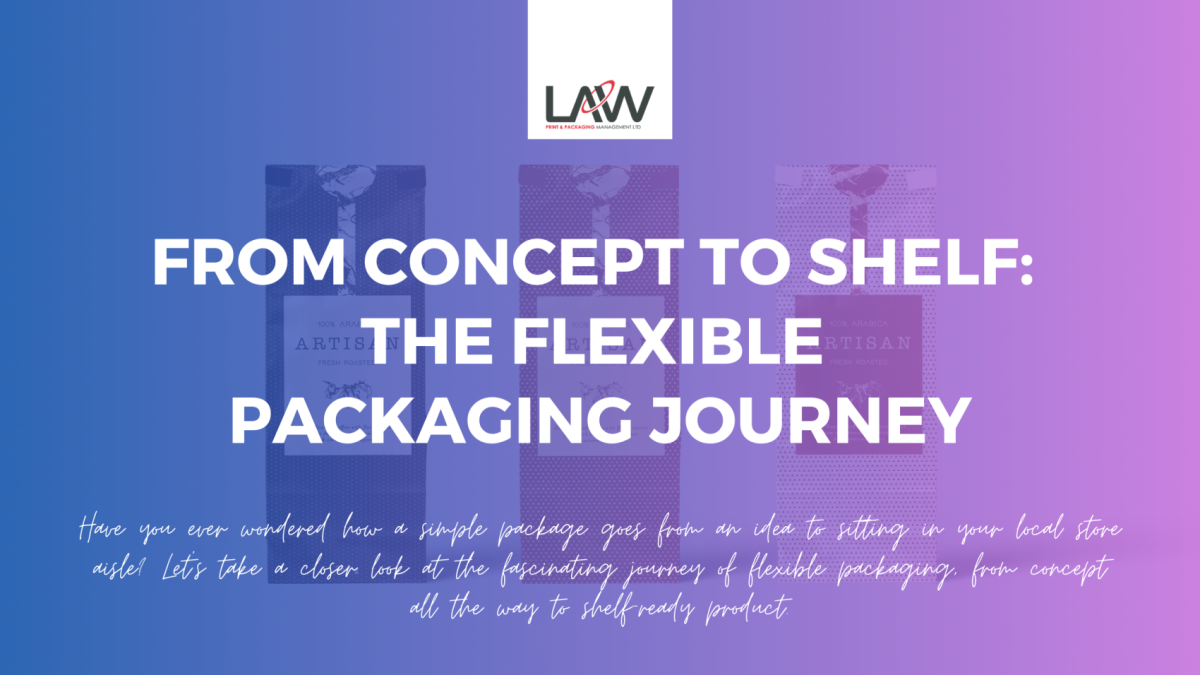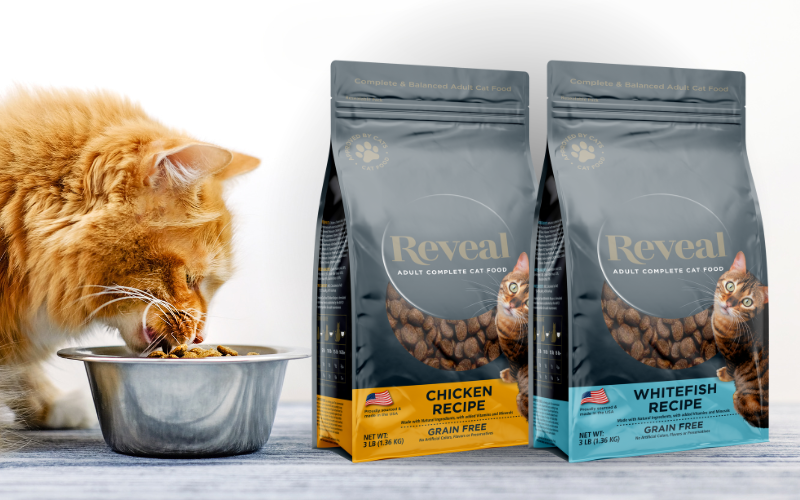Flexible packaging has become a game-changer for many industries—from pet food and sports nutrition to coffee and tea. Its versatility, sustainability potential, and ability to keep products fresh make it a top choice for brands looking to stand out on the shelf.
But have you ever wondered how a simple package goes from an idea to sitting in your local store aisle? Let’s take a closer look at the fascinating journey of flexible packaging, from concept all the way to shelf-ready product.
Step 1: Concept and Design
Every great product starts with an idea. For packaging, this means understanding the product’s needs and consumer preferences. Key considerations include:
-
Functionality: Does the packaging protect freshness, extend shelf life, or allow resealing?
-
Brand Identity: How can the packaging reflect the brand’s personality and values?
-
Sustainability: What materials and processes can minimise environmental impact?
Design teams collaborate closely with marketing to create packaging that is not only visually appealing but also functional and aligned with brand goals. Today, digital mockups and 3D renderings make it easier to visualise the final product before production begins.
Step 2: Material Selection
Flexible packaging can be made from a variety of materials such as plastic films, paper, foil, or laminates—often a combination to achieve the best performance. Selecting the right materials is crucial for:
-
Barrier Properties: Protecting contents from moisture, oxygen, or light.
-
Durability: Withstanding handling, shipping, and storage.
-
Sustainability: Using recyclable or biodegradable components where possible.
Manufacturers carefully balance these factors to ensure the packaging protects the product without excess waste.
Step 3: Printing and Branding
This step brings the design to life on the packaging materials. Using advanced printing technologies—like flexography, rotogravure, or digital printing—brands can achieve vibrant colours, intricate graphics, and even special effects like matte finishes or metallic accents.
Clear, eye-catching packaging helps products stand out on crowded shelves and convey key information to consumers quickly.
Step 4: Converting and Finishing
Once printed, the flexible film is transformed into its final shape through processes such as:
-
Laminating: Bonding multiple layers for added strength and barrier protection.
-
Slitting: Cutting large rolls into narrower widths.
-
Forming: Creating pouches, bags, or wraps.
-
Sealing: Adding resealable zippers, tear notches, or spouts.
This stage requires precision to ensure every package meets quality standards and functions as intended.
Step 5: Filling and Packaging
Next, the product is filled into the flexible packaging, often using automated machinery tailored to the product type. This stage must maintain hygiene and efficiency while minimising waste.
After filling, packages may be grouped, boxed, and palletised for shipment.
Step 6: Distribution and Shelf Placement
Finally, the packaged product is shipped to distributors, retailers, or directly to consumers. Retailers arrange products on shelves, where packaging plays a vital role in attracting attention and influencing purchase decisions.
Flexible packaging’s lightweight and compact nature also reduces transportation costs and environmental impact.
The Future of Flexible Packaging
As consumer demands evolve, the flexible packaging journey continues to innovate with advances in:
-
Sustainable Materials: Compostable films, recycled content, and mono-materials for easier recycling.
-
Smart Packaging: QR codes, NFC tags, and sensors for enhanced consumer engagement.
-
Improved Functionality: Easy-open features, better resealing, and portion control.
From initial concept to the moment it reaches your hands, flexible packaging is a blend of creativity, engineering, and sustainability—all designed to protect products and delight consumers.
If you’re looking for more information on our company and the services we offer, feel free to download our Company Brochure. You’ll find examples of our work with local and global brands and retailers, as well as information on our print technology.


